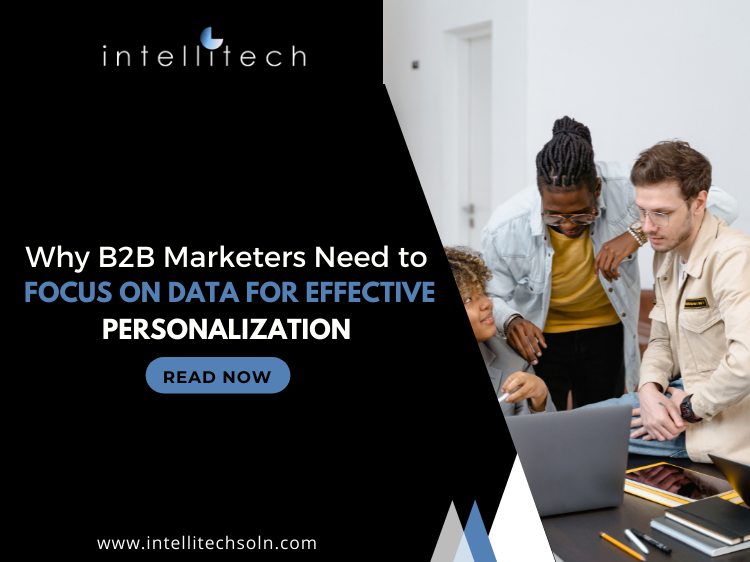Today, everyone knows the importance of personalization and customer engagement and how b2b marketers should prioritize it for lead conversion. Personalization is indeed one of the strong pillars of b2b sales and marketing. However, marketers should also work on optimizing personalization and adopting useful data to enhance it.
According to the predictions by Gartner, almost 80% of marketers who have invested in personalization will abandon it by 2025 due to lack of ROI. This might come across as quite a startling prediction, but before we jump to conclusions, let’s see where the real problem lies.
There is no doubt that personalization is shaping the b2b market and it has created a very positive impact on the customer-vendor relationship. But it can reap more benefits only if marketers look at personalization as not a quick-fix solution but as a comprehensive and long term solution. To optimize personalization one needs to ask certain critical questions before implementing it.
Before marketers start planning and implementing personalization as a solution to lead generation and demand generation, they must know the following-
- How do your customers perceive personalization
- Do your customers really need personalization
- How will it impact the business goals and is it aligned with the personal goals
- What does personalization mean to stake holders across all functions in your organization?
- Is the role of personalization clear to every team member in the sales and marketing
- Which data will be required to implement personalization
These are some of the most critical questions to ask yourself if you think personalization is one of your major goals.
Also, if you have already implemented personalization, do not forget to measure the results. The results will tell you a lot whether personalization is working in your favor, or whether or not you have the right data and is there a real need to adopt personalization at all.
Do you know your customer well?
It goes without saying that it will be a challenge to chalk out a personalization plan before you get to know your customer really well. Still, many marketers make this mistake of not investing enough time, money and efforts into personalization. It’s very important that you know your ideal customer profile to make personalization work for your business. One of the effective approaches that you can adopt is to look at the business goals and identify how personalization can impact those goals instead of focusing on personalization as a goal by itself.
Identify the different business goals, strategies and marketing plans and tailor personalization around these plans and goals. Focus on gathering more insights of the customers by mapping their digital footprints, engaging in conversations to get a clear idea about which customer needs personalization and how it can be tailored from lead to lead.
Data for hyper-personalization-
Without getting to know the customer well, you will not be able to drive your personalization plans effectively. And without data you won’t be able to get to know your customer well. Importance of data has already been established in the b2b domain. You need to prioritize getting the most authentic third-party data that can support your personalization initiatives. You must also adopt intent data for hyper personalization.
Conclusion-
One of the significant elements of personalization is data and marketers can’t forget that. It’s very important that as b2b marketers you invest a lot in data and optimize it for enhanced b2b sales and marketing.

